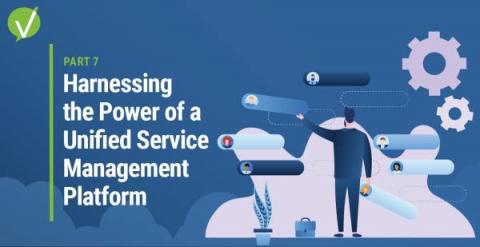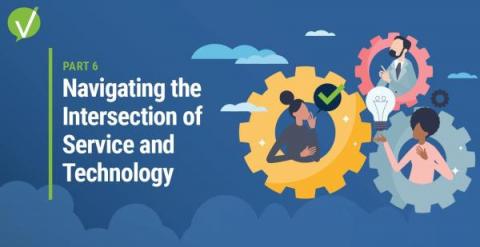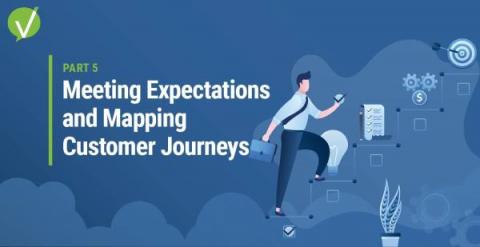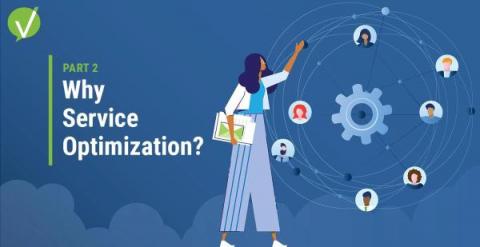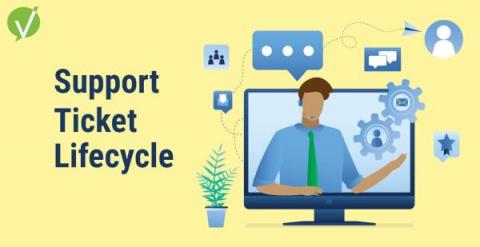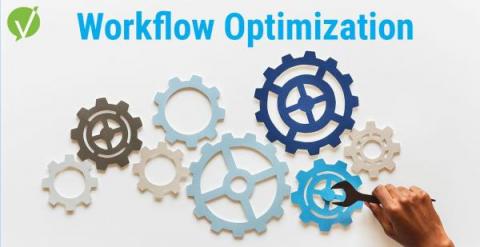Harnessing the Power of a Unified Service Management Platform
As we arrive at the seventh post of our ten-part series covering The Complete Guide to Customer Service Transformation, the focus shifts towards Unified Service Management Platforms, not only on the immense value they provide, but also on how they can help to revolutionize the way customers are served.


